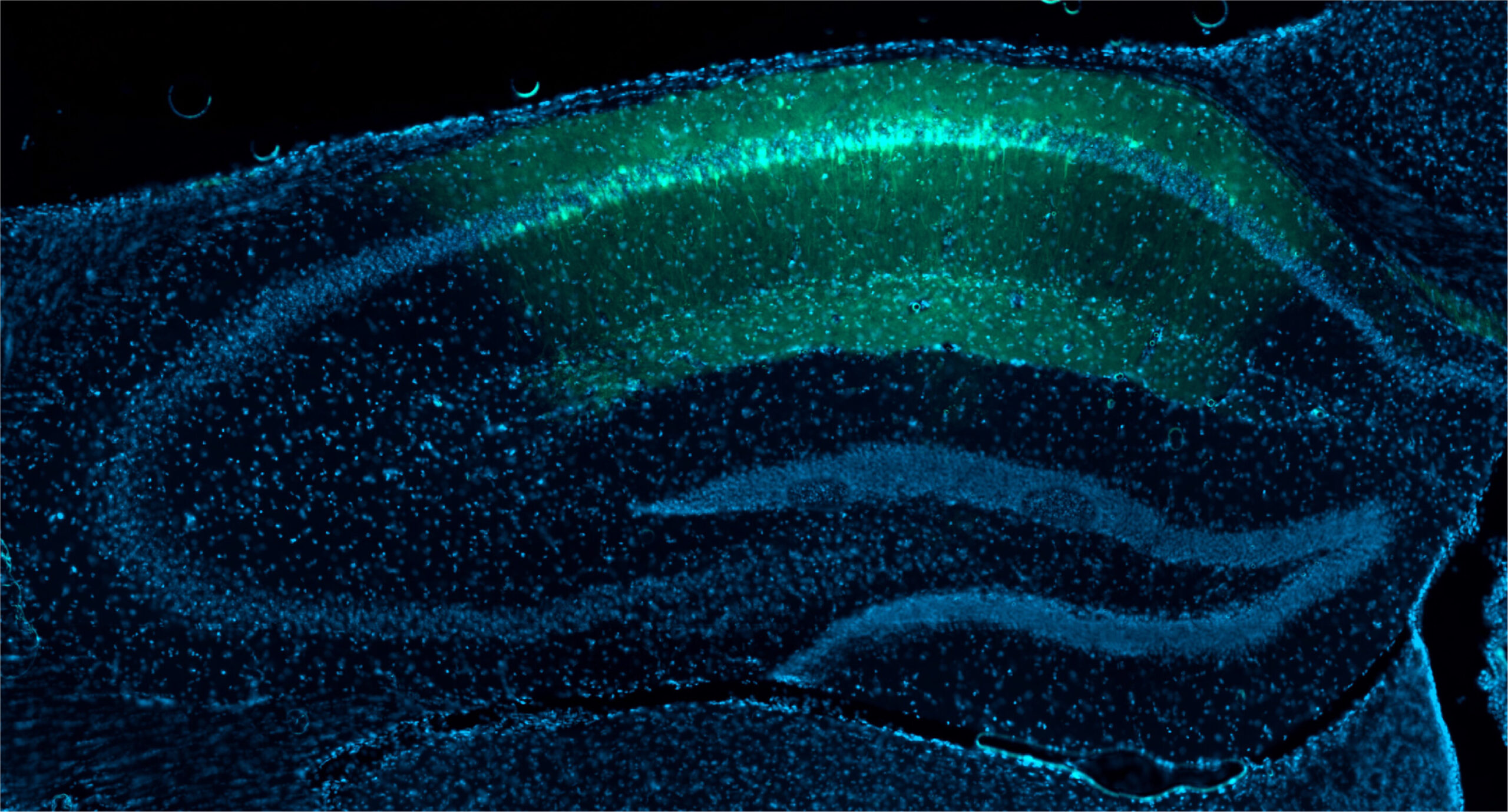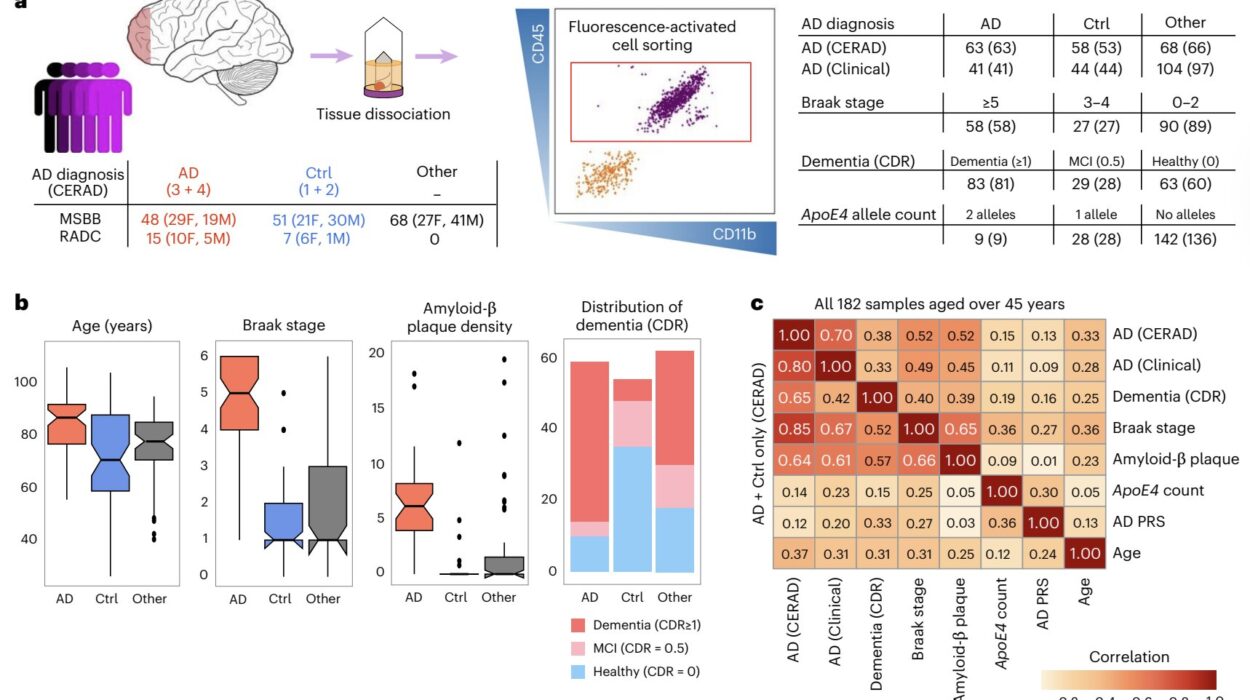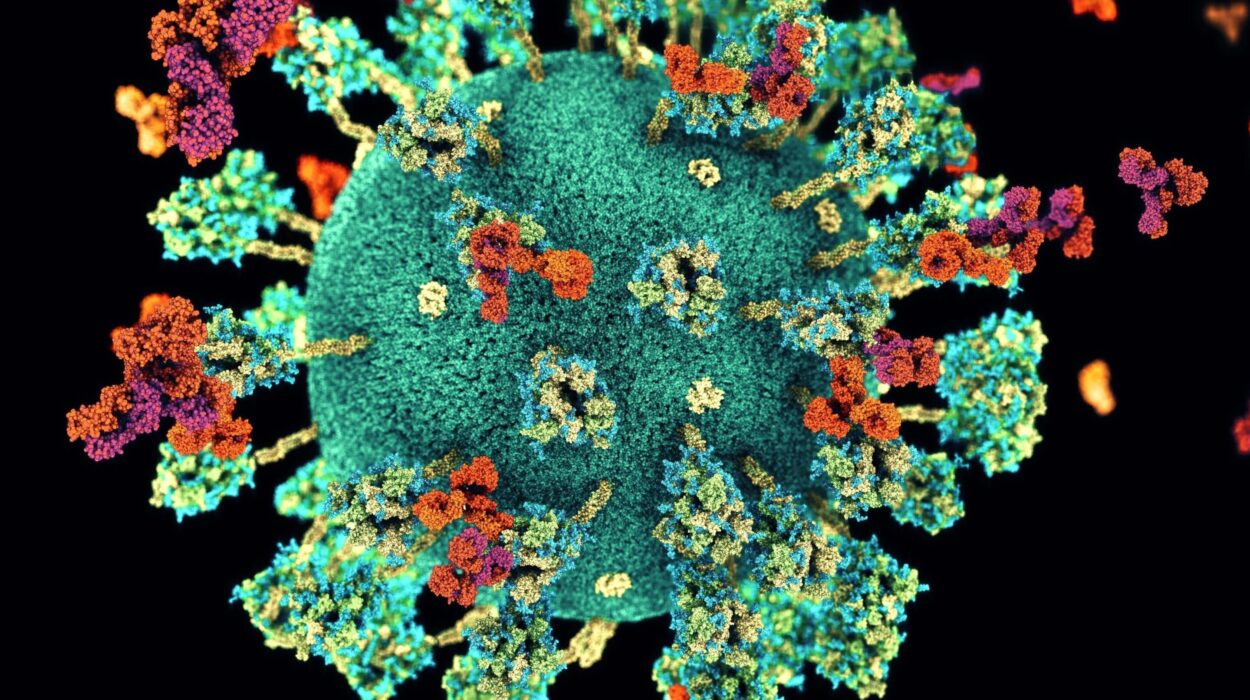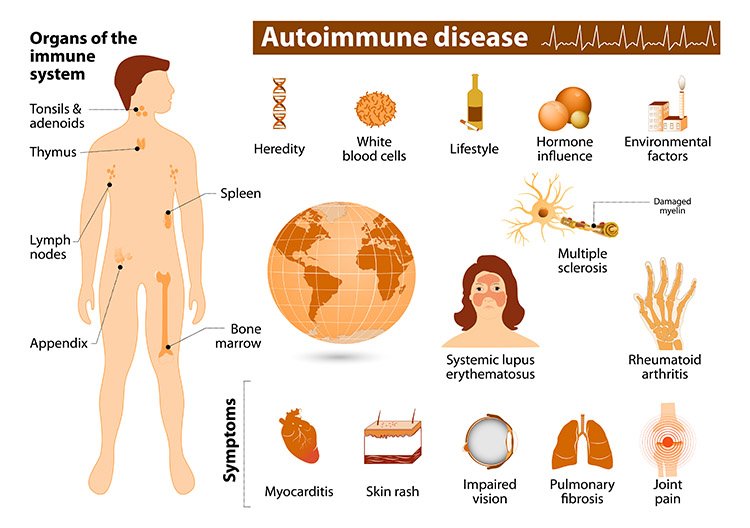Imagine walking your usual route to work only to discover your favorite coffee shop has unexpectedly closed. In your search for caffeine salvation, you stumble upon a cozy new café a few blocks away. To your surprise, the coffee’s even better. Before long, your daily path rewires itself: your feet take you to the new spot without much thought.
That quiet, almost invisible shift in habit is no coincidence. Behind it is a sophisticated internal map—a neural GPS—that links locations to rewards. Now, scientists have captured that map in action, watching the brain of a mouse adapt in real time as the location of a sugary treat changed. What they found reveals how the brain dynamically tracks sources of pleasure across space, updating instantaneously like a finely tuned compass of desire.
Published in Nature Neuroscience, the study by researchers at Wu Tsai Neurosciences Institute at Stanford University opens a new window into how memory, learning, and behavior are deeply intertwined with space and reward. And it may illuminate why certain memories—like your favorite coffee shop or, in darker cases, a relapse trigger—can remain powerfully anchored to specific places in our minds.
“This is the first time we’ve been able to see, at the level of individual neurons, how the brain updates a reward-based map of space,” said Lisa Giocomo, senior author of the study and professor of neurobiology at Stanford. “The speed at which these maps adapt was genuinely surprising.”
Watching Memory in Motion
To see the brain build these reward maps in real time, the researchers needed an ingenious setup—one that let them look directly into the brains of mice as they navigated a world engineered entirely by scientists.
The team, led by Giocomo and postdoctoral researcher Marielena Sosa, began by replacing a small portion of each mouse’s skull with a transparent window. Through this window, they could observe neurons firing using a method called two-photon microscopy. The region of interest? The hippocampus—an area crucial for both memory and navigation.
But because mice had to stay stationary for this imaging, the team built a kind of rodent “IMAX theater.” Mice ran on a wheel while three massive monitors surrounded them with an immersive, first-person virtual hallway that responded to their movement. As the mouse advanced down the hallway, it would reach a location that dispensed a drop of sugar water—a reward.
Then, the scientists changed the location of the sugary treat and watched what happened.
Two Maps, One Brain
What they saw defied expectations. One group of neurons continued to represent the spatial layout of the environment: the hallway, the walls, the turning points. These cells were reliable, maintaining a steady sense of place.
But another group—the stars of this show—lit up specifically around the reward. When the reward moved, these neurons adapted almost instantly, essentially redrawing the map with the new “X” marking the spot.
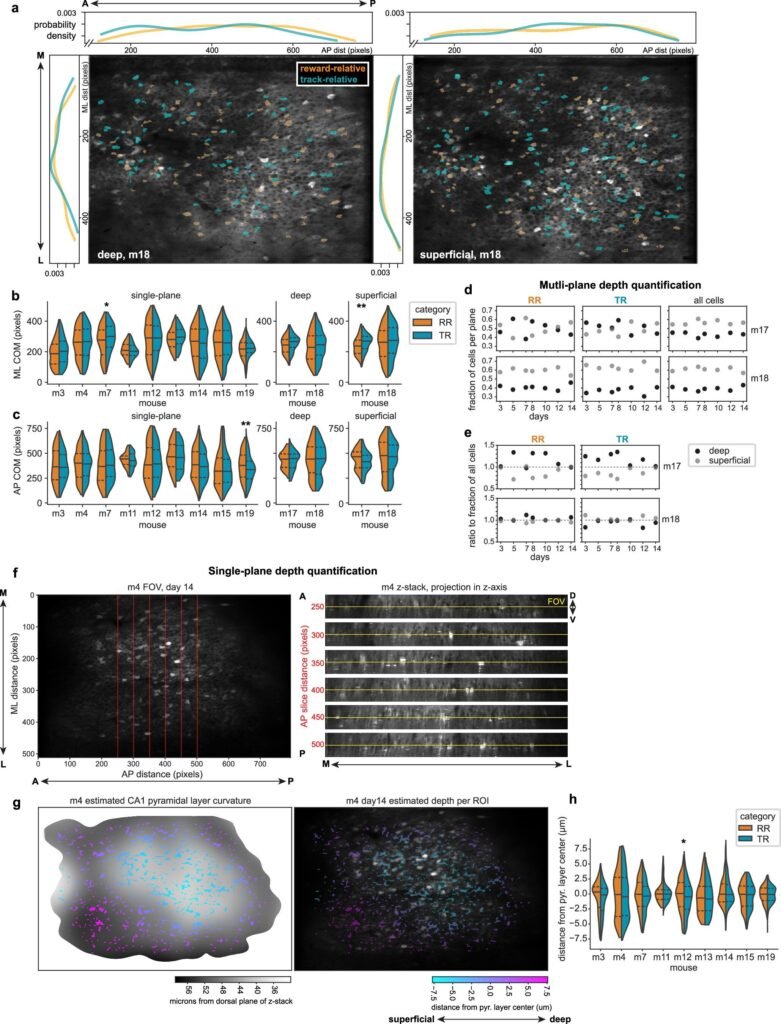
Even more intriguing, neurons weren’t locked into one function. Some flipped roles, jumping from spatial duty to reward mapping, or vice versa. The brain wasn’t just drawing two maps—it was cross-wiring them with fluid precision.
As mice repeatedly returned to the new reward location, the reward map became stronger, involving more neurons and allowing the brain to track the sweet spot even from far away—what, in human terms, might be the equivalent of several city blocks.
Crucially, the brain often adjusted its reward map before the mouse’s behavior changed. In other words, the brain “knew” where the new treat was before the mouse acted like it knew.
“This suggests the brain’s internal representation of value can shape future behavior,” said Sosa. “It’s not just reactive; it’s predictive.”
Implications Beyond the Lab
These findings go far beyond sugar water and virtual hallways. They could offer critical insights into how the human brain links experiences with locations—and what happens when those connections go awry.
In dementia, for example, patients often struggle to recall where they were when specific events happened, like whether they had coffee in the kitchen or in the car. This kind of confusion might reflect a breakdown between spatial memory and reward-linked memory—between the “where” and the “what felt good there.”
“In a healthy brain, the coffee and the kitchen are connected as part of a coherent memory,” Giocomo explained. “But if those maps become uncoupled, that memory fragment may no longer feel complete.”
In addiction, the problem may be the opposite. Instead of weak connections, some become too strong. A person who first uses drugs at a concert may always associate concerts with drug use, triggering cravings even after years of sobriety. The brain’s reward map, once helpful, becomes a trap.
“Understanding how to weaken or redirect those links could be incredibly powerful in treating addiction,” said Giocomo.
Why Animals—and Humans—Need Flexible Reward Maps
In the wild, survival depends on being able to return to sources of food, shelter, and safety—but also on being flexible when those sources move or disappear. A static memory won’t do. An animal that fixates on a barren berry bush won’t last long.
This is why the speed of adaptation observed in the mice is so striking. It means that even fleeting experiences—finding food, spotting a predator, or meeting a potential mate—can be rapidly integrated into the brain’s navigational system.
And it raises fascinating new questions: How does the brain decide when to explore new options versus returning to familiar rewards? What other kinds of rewards—social interaction, novelty, rest—get mapped in this way? Do we use similar mental GPS systems to find our friends, our favorite books, or a sense of peace?
Giocomo believes the answers are within reach. “We now have the tools to explore these more complex behaviors. We’re just scratching the surface.”
The Maps That Make Us
At its heart, this research tells a very human story. It’s about how we remember where we laughed. Where we felt safe. Where we found love or comfort. It’s about the invisible architecture in our minds that ties places to feelings—and how that architecture is constantly evolving, sometimes without our conscious awareness.
We are, each of us, cartographers of our own joy. And whether we’re mice chasing sugar or people chasing meaning, our brains are drawing maps that guide us home.
Reference: Marielena Sosa et al, A flexible hippocampal population code for experience relative to reward, Nature Neuroscience (2025). DOI: 10.1038/s41593-025-01985-4
